The History of the Fender Jazzmaster
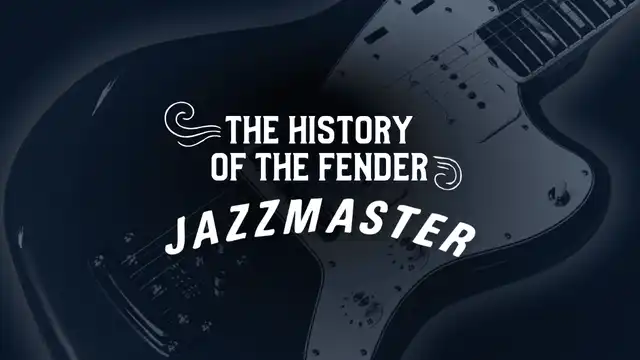

Some guitars are born classics. Some are steadfast, ubiquitous favorites. And some... well, some take a little bit of time to find their place – but the guitar world wouldn't be the same without them.
Such is the iconic, beloved, often misunderstood Fender Jazzmaster — a guitar intended for tuxedo-clad jazz players that instead ended up fueling surf rock, noise rock, punk, shoegaze, indie, and just about every genre its original designers couldn’t have imagined (because they didn't exist yet!).
The Jazzmaster is a paradox: a premium instrument that launched as Fender’s top-of-the-line model but spent most of its early life discounted, and pawn-shop-bound. And yet, today, it stands as one of Fender’s most iconic shapes — a guitar for players who want the comfort of a Strat, the swagger of an offset body, and the quirky tonal potential of a mad scientist’s workbench.
Let’s trace how this misfit masterpiece evolved from jazz-intended flop to cult-hero champion.
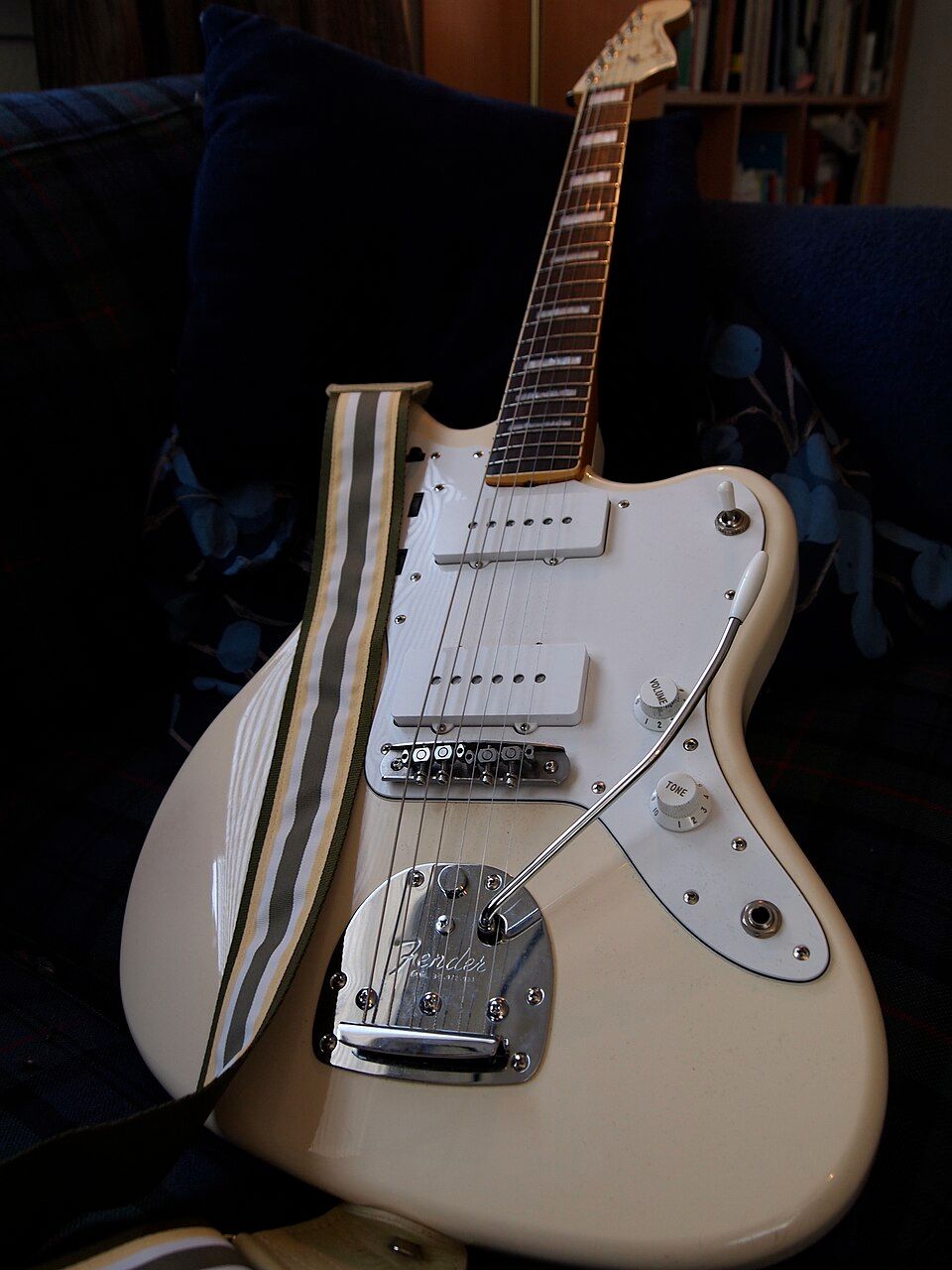
The Jazzmaster Arrives: Big Hopes & Bigger Curves (1958–1960s)
In 1958, Leo Fender was on a hot-streak. The 1951 debut of the Telecaster (er, Broadcaster... er, Nocaster...) equated to a revolution in the mass-produced guitar market, and 1954's launch of the Stratocaster proved Fender to be a brand built on innovation.
When the Jazzmaster was unveiled in 1958, the intent was crystal clear: give jazz guitarists a reason to abandon their unwieldy hollow-body archtops.
Fender rolled out the red carpet with premium appointments — a futuristic offset body that was perfect for seated playing, a sophisticated rhythm/lead circuit to provide a vast array of tones, a newly patented, smoother tremolo system, and even Fender's most luxurious hardshell case.
There was just one tiny problem:
Jazz players didn’t want it.
Instead, the Jazzmaster caught the eyes (and ears) of early rock and surf musicians. Those wide, flat single-coil pickups delivered warm, mellow lows with a super clear top-end — perfect for shimmering surf tones. And so, against all expectations, the Jazzmaster became the unofficial guitar of the California coastline.
But in the broader market? It languished. Despite being Fender’s most expensive model, it never reached the mass popularity of the Strat or Tele. By the late ’60s, it was sliding into obscurity.
The Pawn Shop Era: How the Jazzmaster Became the Axe of the Underdog (1970s–1980s)
The ’70s were not kind to the Jazzmaster. Players considered it odd, bulky, finicky, anachronistic. Shops blew them out for cheap. Jazzmasters gathered dust in pawn shop windows alongside VHS camcorders and bowling trophies.
To many guitarists, that would’ve been the end of the story. But, for the rising generation of garage rockers, punk kids, and experimental players — musicians who couldn’t shell out for a Strat — the Jazzmaster was perfect. Cheap, comfortable, full of unconventional sounds, and just weird enough to feel rebellious.
And truly, no guitar does "weird" quite like a Jazzmaster. Its floating tremolo system, unusually shaped pickups, and percussive attack made it the go-to for anyone looking to break the rules.
A revolution was simmering....
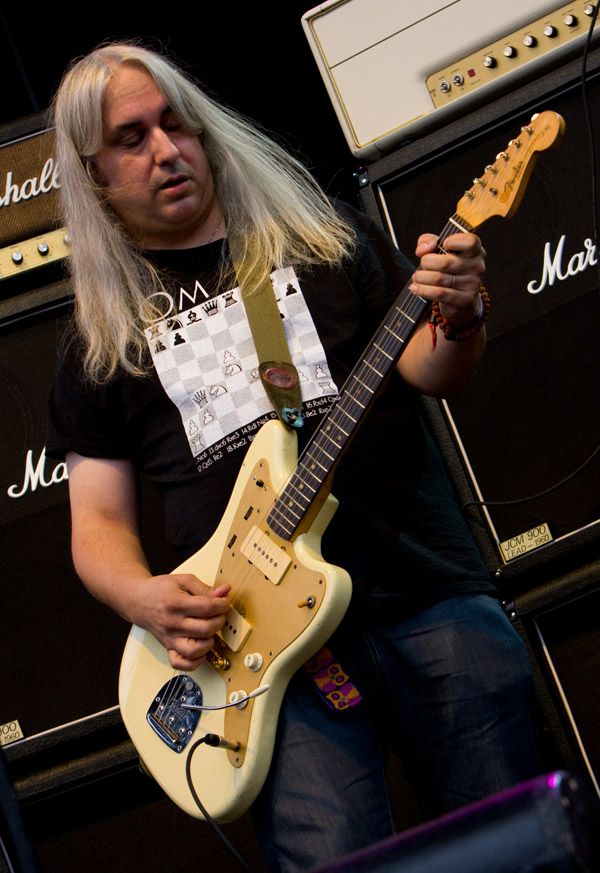
Noise, Shoegaze, and Alt-Rock Turn the Jazzmaster Into a Cult Icon (Late 1980s–1990s)
If one person deserves credit for dragging the Jazzmaster from obscurity to icon status, it’s perhaps Thurston Moore of Sonic Youth. His aggressive, experimental playing — plus a habit of modifying, hot-wiring, and occasionally abusing Jazzmasters — showcased the guitar's potential for noise, texture, and sonic chaos. (P.S. Once could argue that an even earlier apostle of the JM was Television's trailblazing Tom Verlaine...).
Soon, other boundary-pushers followed:
Kevin Shields (My Bloody Valentine) coaxed tidal waves of tremolo-warped sound from his Jazzmaster.
J Mascis (Dinosaur Jr.) wielded his like a fuzz-drenched sledgehammer.
Elvis Costello turned its jangle into pop brilliance.
The alt-rock boom of the ’90s sealed the Jazzmaster’s fate: it was no longer a quirky second-hand oddity — it was the guitar of misfits, innovators, and anyone who wanted to sound like themselves and no one else.
By the time Nirvana and countless other indie bands adopted offsets, Jazzmasters had climbed from pawn shop bargains to coveted treasures.
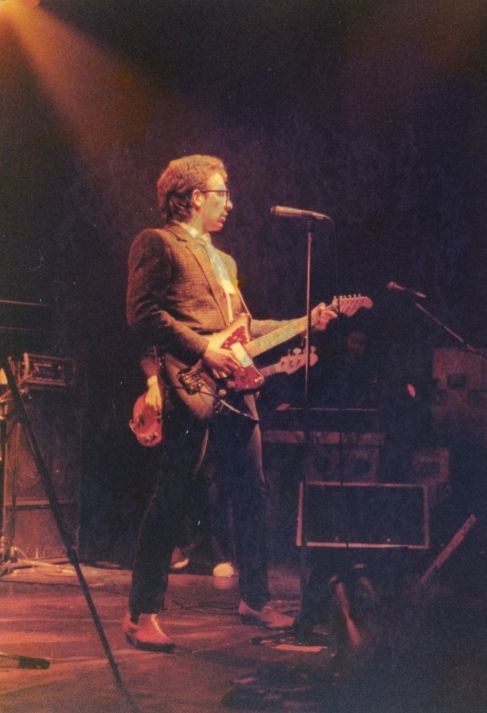
The Modern Jazzmaster: From Underdog to Fender Royalty (2000s–Today)
Fender eventually noticed what the rest of the world already knew: the Jazzmaster had an enormous cult following. And so the modern renaissance began.
Today, nearly every major Fender line includes Jazzmasters:
American Vintage II recreates the originals with period-correct pickups and hardware.
American Professional II adds modern refinements like narrow-tall frets and updated vibrato designs.
Player Series delivers affordability without sacrificing tone.
Artist models from J Mascis, Troy Van Leeuwen, Jim Root, and more reflect the Jazzmaster’s genre-spanning reach.
And while purists still love the classic rhythm/lead circuit, many modern variations simplify or refine it for today’s players.
From surf to shoegaze, punk to pop, bedroom recordings to stadiums — the Jazzmaster finally did the impossible: it became one of Fender’s most beloved and versatile instruments.
Not bad for a guitar originally designed to convince jazz musicians to put down their archtops.
Conclusion: Long Live the Misfit
The Jazzmaster’s journey wasn’t straightforward — but then again, nothing truly interesting ever is. It failed at its original mission yet succeeded spectacularly everywhere else. It’s been misunderstood, underestimated, and rediscovered time and time again.
And through it all, one thing remains constant:
The Jazzmaster is the perfect guitar for anyone who doesn’t quite fit the mold — and doesn’t want to.
'Master-ful Pairings
Some staff favorites that work wonderfully with Jazzmasters.

Stringjoy 10-48 Balanced Light Gauge Signatures - Nickel Wound Electric Guitar Strings

Stringjoy 10-52 Heavy Bottom Light Gauge Broadways - Pure Nickel Electric Guitar Strings

Stringjoy 10.5-50 Balanced Light Plus Gauge Orbiters - Coated Nickel Electric Guitar Strings
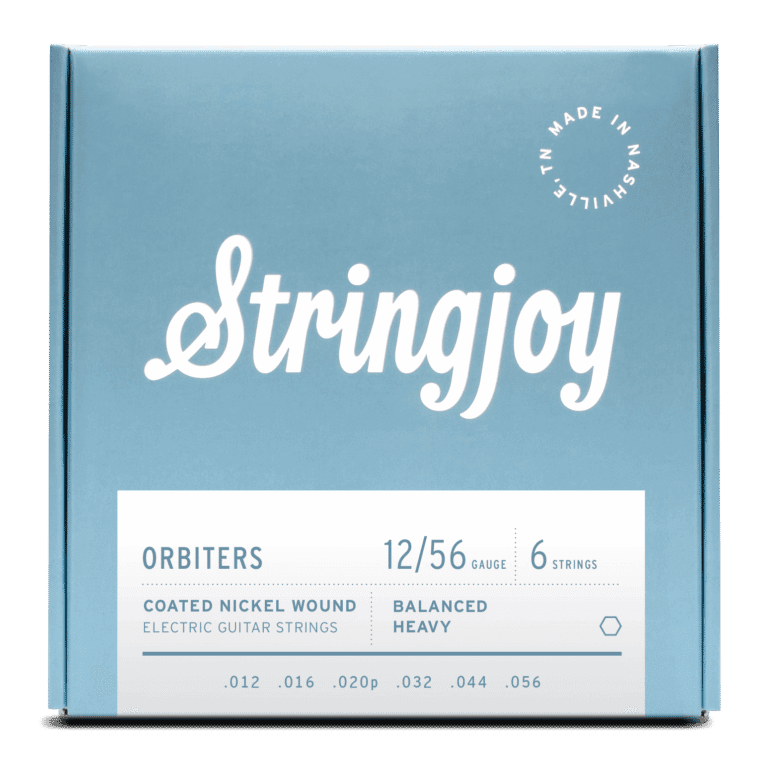
Stringjoy 12-56 Balanced Heavy Gauge Orbiters - Coated Nickel Electric Guitar Strings
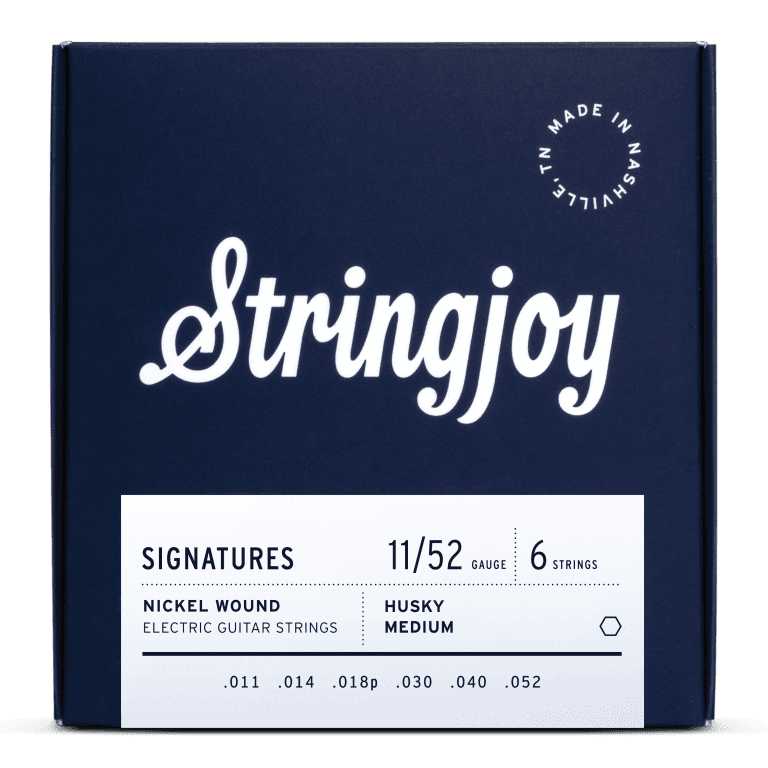
Stringjoy 11-52 Husky Medium Gauge Signatures - Nickel Wound Electric Guitar Strings
Other Posts you may like

Guitar Strings Order: How the Guitar is Tuned and Why

Two Handed Tapping: Our Top 8 Tappers of All Time

Which Guitar Strings Wear Your Fret Wire Down More?

What is Nashville Tuning? Its History, Best Guitar Strings & Uses

Guitar Scale Length Explained: String Tension & Playability

What Guitar Strings I Used To Play...
0 Responses
Leave a Reply
Your email address will not be published. Required fields are marked *

